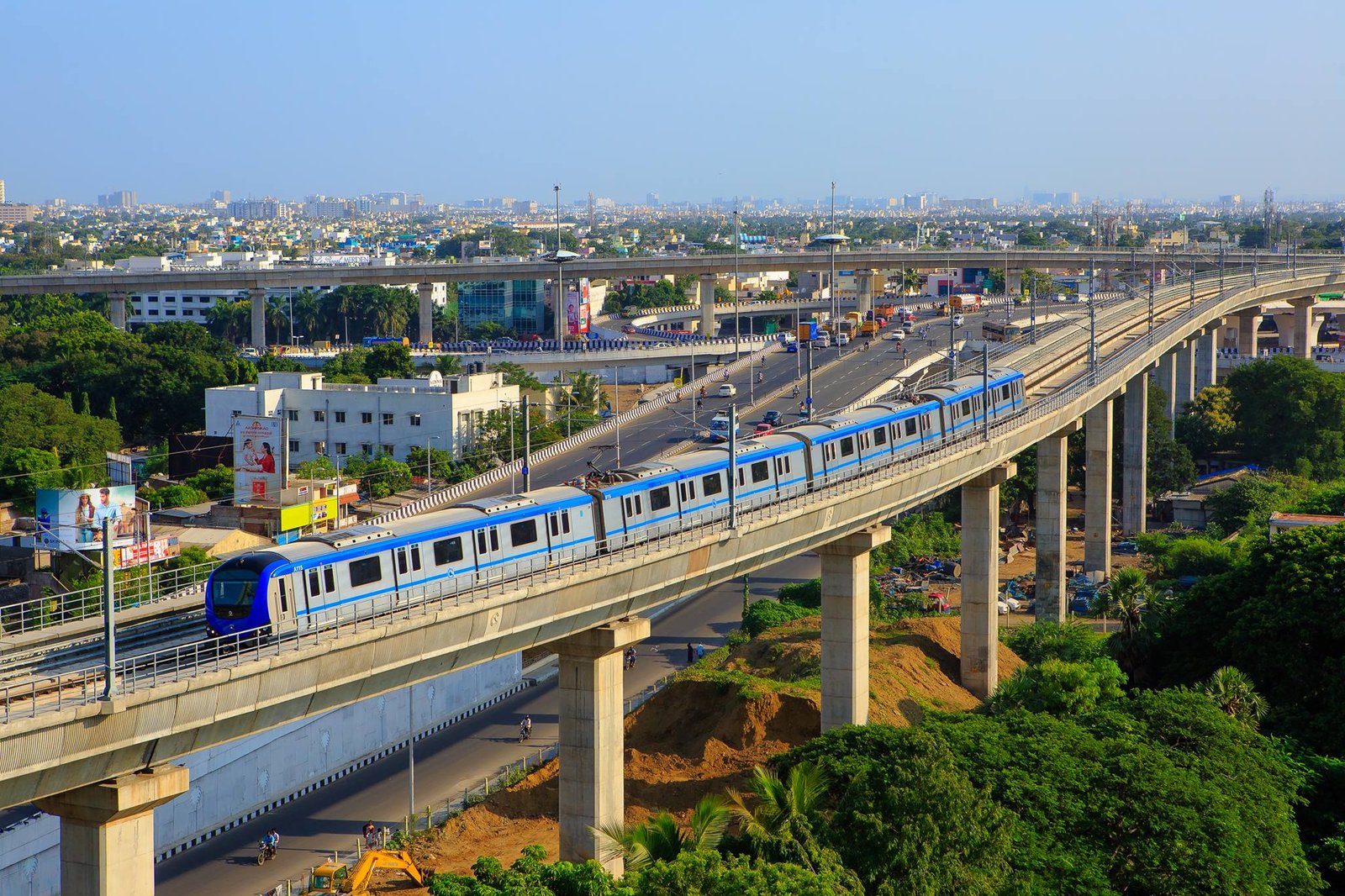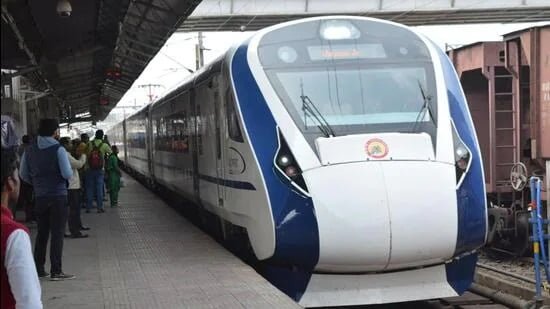Upon the completion of Chennai Metro’s phase 2, a network of 63 steel bridges will accommodate driverless trains, strategically placed in locations where vertical clearance constraints or the presence of structures prohibit the construction of concrete viaducts with pillars. Notably, these steel structures will be deployed over various areas, including Chennai Bypass, Thelliyaragaram, Poonamallee junction, Porur Junction, Valasaravakkam, Adambakkam, Ramapuram junction, Kathipara, Kalliamman Koil Street, Butt Road, Echankadu, Perumbakkam, Medavakkam, Retteri, MMBT, ICF crossing, and the national highway crossing in Koyambedu.
In a recent milestone, a 40-meter-long steel girder bridge weighing 222 tonnes was successfully installed above the Chennai Bypass flyovers on Mount-Poonamallee High Road, near Porur. This achievement marks progress in the construction of phase 2, extending from Porur to Poonamallee Bypass. The entire 116.1km phase-2 is expected to be operational for the public in stages between 2025 and 2028.
A spokesperson for Chennai Metro Rail Limited (CMRL), L Girirajan, emphasized that the planned steel girders match the span and load capacities of concrete girders, offering a viable alternative in locations where vertical height clearance is a requirement. Furthermore, steel girders, due to their reduced depth compared to concrete girders, prove advantageous in scenarios constrained by vertical clearance regulations. Both steel and concrete girders are affirmed to meet safety standards.
The use of steel bridges also presents practical benefits, such as expediting installation without the need for extensive environmental impact studies. Additionally, the deployment of longer spans with steel bridges reduces the necessity for numerous piers, contributing to a more aesthetically pleasing and streamlined infrastructure.
Reflecting on the experience from phase 1, where a steel girder was installed over the Guindy Railway crossing, officials acknowledged the efficiency of steel girder installation, albeit limited to night hours to minimize traffic disruptions. In Porur, for instance, girder installation took place during the night, utilizing the quieter hours to ensure minimal impact on road traffic.
It is worth noting that the installation of steel bridges involves the use of heavy lifting equipment, including 500-metric-tonne cranes, and demands continuous monitoring throughout the construction process. The incorporation of steel bridges stands as a testament to the innovative and strategic approach employed in Chennai Metro’s phase 2 development.





